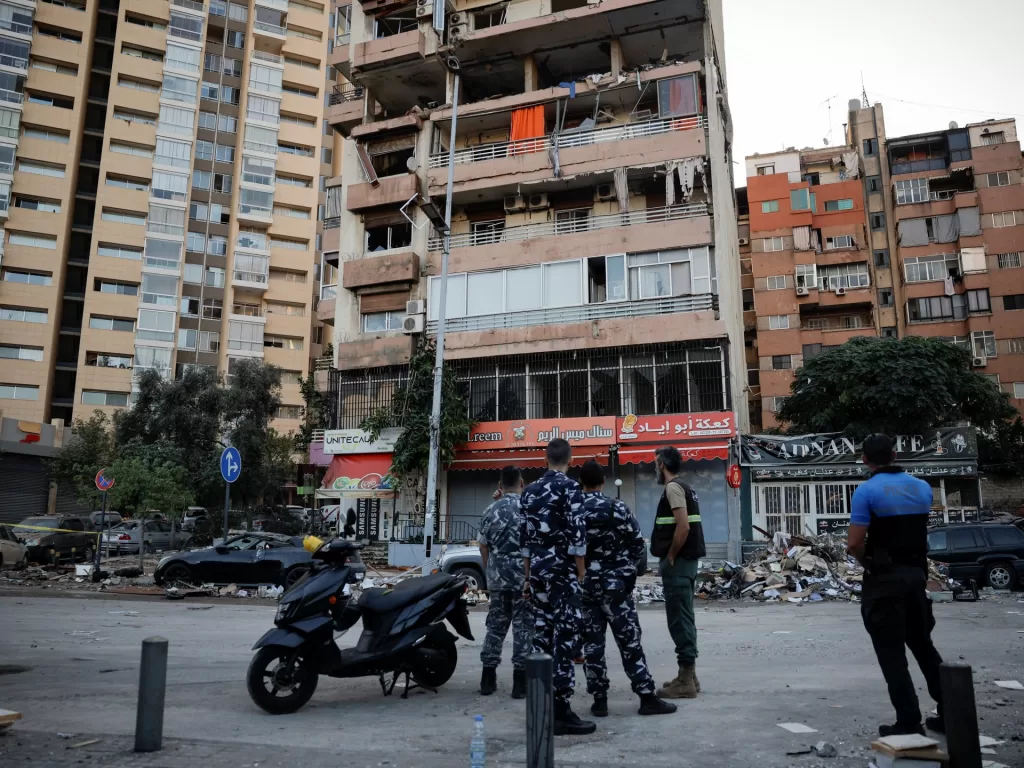EXPLAINER
The attack on Sunday was the first one to target a central district of Beirut, not its suburbs, since October 7.
Israel killed four people including three members of the Popular Front for the Liberation of Palestine (PFLP) in Beirut’s central Kola district on Sunday night, marking the first time since last October that it has hit a target inside the capital and not in its suburbs.
The Kola area is a popular transport hub for people looking to travel south from Beirut.
Here’s all you need to know about the attack.
What exactly happened?
Israel hit an apartment in a building near the Kola intersection in Beirut. Images of the attack show one floor of a six-story building destroyed. The rest of the building appears to be intact.
The assassinated people included Imad Audi, PFLP’s military leader in Lebanon; and Mohammad Abdel Aal and Abdel Rahman Abdel Aal, members of the group’s political bureau. The fourth victim is yet to be identified.
Where is Kola?
Kola is an important intersection in Beirut, bordering the popular neighbourhoods of Mar Elias and Tariq el-Jdide and not far from Mazra’a.
The surrounding neighbourhoods are predominantly Sunni, though people of all sects pass through Kola to travel south.
What is the history of Kola?
It’s named after a Coca-Cola factory that operated there until the late 1960s. Protests by locals led to the factory being abandoned until it was taken over by a Palestinian armed group and then bombed by the Israelis.
This is the first attack on this area by Israel since the Lebanese civil war ended in 1990.
Who are the PFLP?
Founded by George Habash in 1967, the PFLP is a secular Marxist-Leninist political group and part of the Palestine Liberation Organisation (PLO). It is the second-largest group in the PLO after Fatah.
According to the European Council on Foreign Relations, the group’s chief benefactor was the Soviet Union, and it has been in decline since the 1980s.
The group’s armed wing, the Abu Ali Mustafa Brigades, have fought Israel in Gaza alongside Hamas and Palestinian Islamic Jihad (PIJ).
Other major figures in the PFLP’s history include Nayef Hawatmeh, who split from the group two years after its foundation and formed the Democratic Front for the Liberation of Palestine (DFLP), and Ahmad Jibril, who broke away from the PFLP in 1968 to form the Popular Front for the Liberation of Palestine – General Command (PFLP-GC), which was backed by Syria.
Has Israel targeted other Palestinians in Lebanon?
Yes. On Sunday, Fatah Sharif, also known as Abu al-Amin, was assassinated in Sidon’s el-Buss refugee camp, alongside his wife, son and daughter.
Hamas described Sharif as a leader of Hamas in Lebanon.
